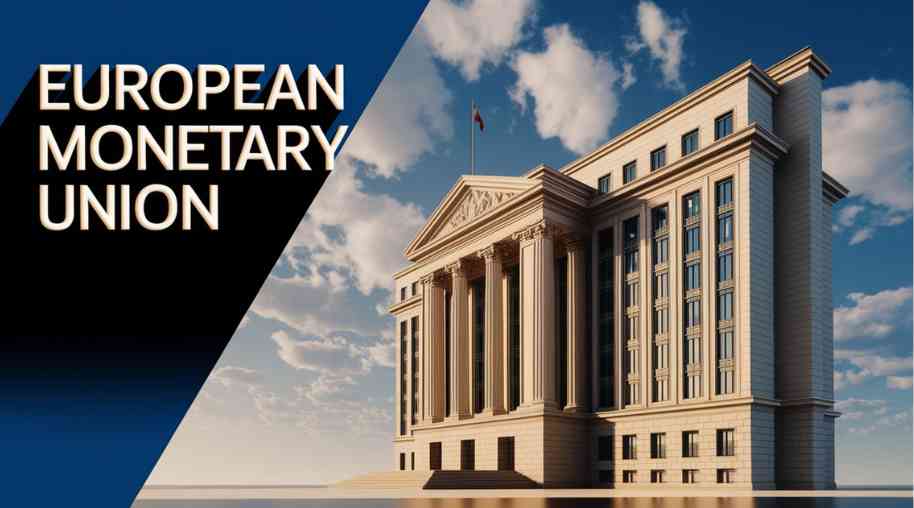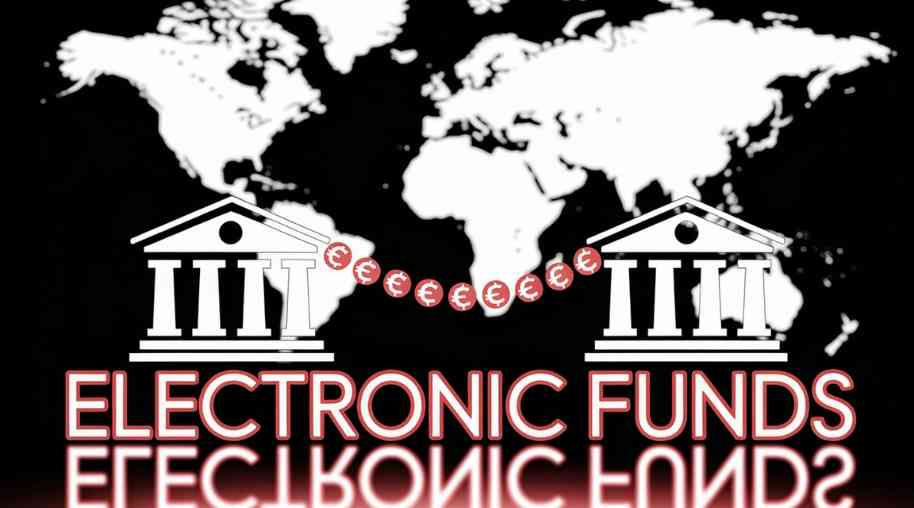EMU Full Form-European Monetary Union
by Shashi Gaherwar
0 2060
European Monetary Union: Structure, Benefits, and Economic Impact
The European Monetary Union (EMU) is a framework established to enhance economic integration among European countries through a common monetary policy and a single currency, the euro (€). It represents a major step toward achieving financial stability, economic growth, and a unified European market.

This article explores the EMU's structure, benefits, challenges, and its overall impact on the European and global economy.
What is the European Monetary Union?
The European Monetary Union (EMU) is an agreement between European Union (EU) member states to coordinate economic and monetary policies. It was formally established in 1999 with the introduction of the euro as a digital currency, followed by physical euro banknotes and coins in 2002.
Key Objectives of the EMU
- Monetary Stability – Ensuring stable inflation and exchange rates.
- Economic Growth – Facilitating seamless trade and investment across Europe.
- Financial Integration – Strengthening cooperation among European financial institutions.
- Global Competitiveness – Establishing the euro as a strong international currency.
Structure of the European Monetary Union
The EMU consists of three key components:
- Economic Coordination
- Member states align their economic policies to maintain stability.
- The European Commission monitors national budgets and economic performance.
- Common Monetary Policy
- Managed by the European Central Bank (ECB), which controls inflation and interest rates.
- The ECB ensures price stability and regulates euro supply.
- The Euro Currency
- Used by 20 out of 27 EU countries (as of 2024), forming the Eurozone.
- Facilitates cross-border transactions and eliminates exchange rate risks.
Benefits of the European Monetary Union
- Elimination of Exchange Rate Fluctuations
With a single currency, businesses and consumers no longer face exchange rate uncertainties, reducing costs and fostering trade. - Lower Interest Rates and Inflation
The ECB’s monetary policy maintains low inflation and stable interest rates, benefiting consumers and investors. - Increased Trade and Investment
Seamless transactions within the Eurozone encourage foreign direct investment (FDI) and business expansion. - Enhanced Economic Stability
A unified monetary policy prevents excessive inflation and financial crises, ensuring long-term stability. - Stronger Global Influence
The euro is the world’s second most traded currency after the US dollar, enhancing the EU’s global economic power.
Challenges of the European Monetary Union
- Loss of National Monetary Control
Countries cannot independently adjust interest rates or devalue their currency to address domestic economic issues. - Economic Disparities Between Member States
Stronger economies like Germany benefit more than weaker economies like Greece or Portugal, creating economic imbalances. - Sovereign Debt Crises
The 2008 financial crisis exposed weaknesses in the EMU, with countries like Greece facing severe debt issues and requiring bailouts. - Political and Fiscal Policy Conflicts
Diverging national interests make it challenging to enforce unified fiscal policies across all member states.
The Future of the European Monetary Union
The EMU continues to evolve, with discussions on:
- Stronger banking union – Strengthening financial institutions to prevent future crises.
- Deeper fiscal integration – Implementing centralized fiscal policies to support weaker economies.
- Expanding Eurozone membership – Encouraging non-euro EU countries to adopt the euro.
The European Monetary Union has transformed the European economy by creating a unified financial system, enhancing trade, and establishing the euro as a global currency. Despite challenges such as economic disparities and fiscal policy conflicts, the EMU remains a key pillar of European integration. As the EU adapts to global economic shifts, the future of the EMU will depend on stronger cooperation, financial reforms, and strategic policy-making.
Further Learning Resources
If you’re passionate about building a successful blogging website, check out this helpful guide at Coding Tag – How to Start a Successful Blog. It offers practical steps and expert tips to kickstart your blogging journey!
For dedicated UPSC exam preparation, we highly recommend visiting www.iasmania.com. It offers well-structured resources, current affairs, and subject-wise notes tailored specifically for aspirants. Start your journey today!

Share:








Comments
Waiting for your comments